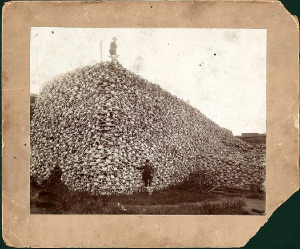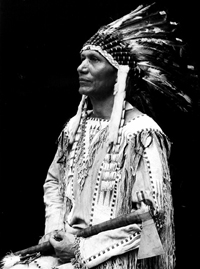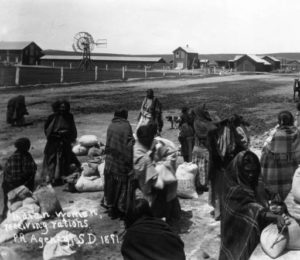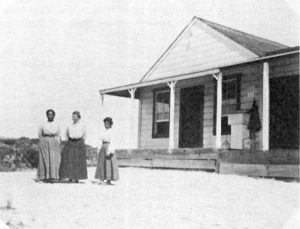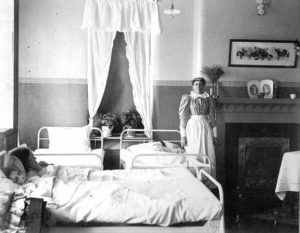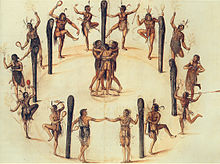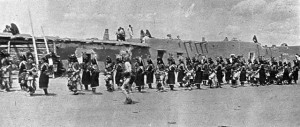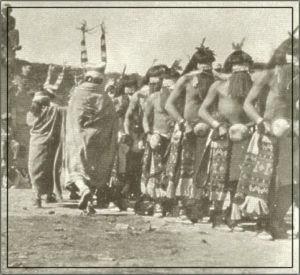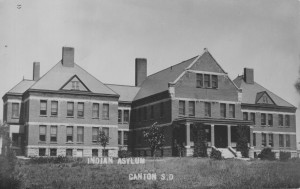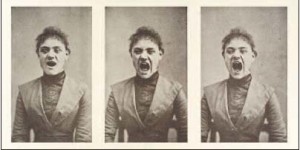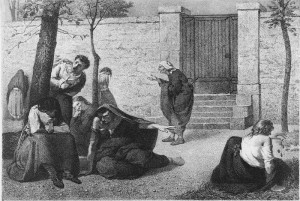Many people believe buffalo was the primary foodstuff for Native Americans, but that is only a stereotype. Most Native Americans had a bountiful, healthy diet during good years, and preserved food for winter use and bad times. Some tribes grew their own food crops, while others gathered from wild sources.
The “three sisters” is a famous combination planting of squash, beans, and corn in which each crop benefits the other, but Native Americans also ate a wide variety of greens, wild onions, herbs, cactui, nuts and other nutritious foods that were readily available. It is a bit ironic that one of the growing food trends today is foraging for wild edibles.
“Weeds” such as purslane, ramps chickweed, watercress, and dandelions supply nutritious greens to modern diets, while mushrooms have always been treasured gifts of nature. Experienced foragers are welcome lecturers at organic food conferences and similar venues, and books abound on the topic. Foraging appeals to those who want to lessen their carbon footprints, eat organically, add adventure to their food experience, or prepare for a doomsday scenario.
Unfortunately, even this ancient gathering system can create problems in the environment if its practitioners are not careful. Native Americans foraged a wide variety of foods and were careful to leave enough behind to regenerate. Over-enthusiastic gathering today could well play out the way buffalo hunting did, and simply eradicate certain particularly valued wild food. Foraging experts urge newcomers to follow Native American practices of conservation and stewardship so that these wild sources of food remain viable.
